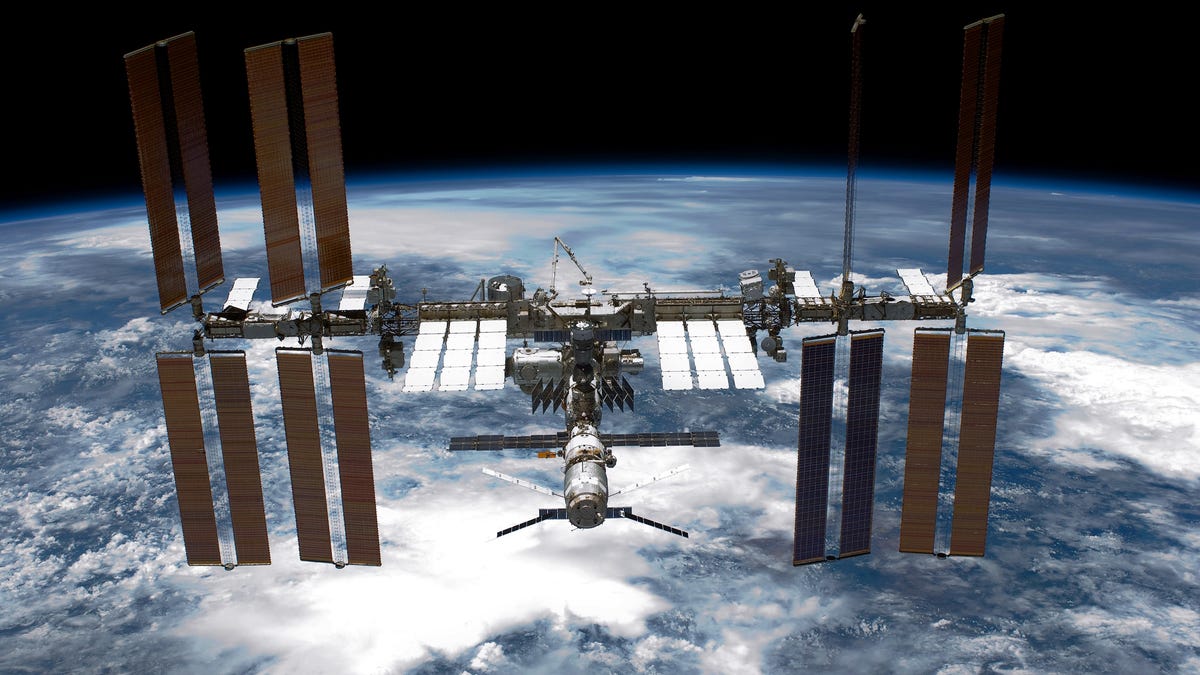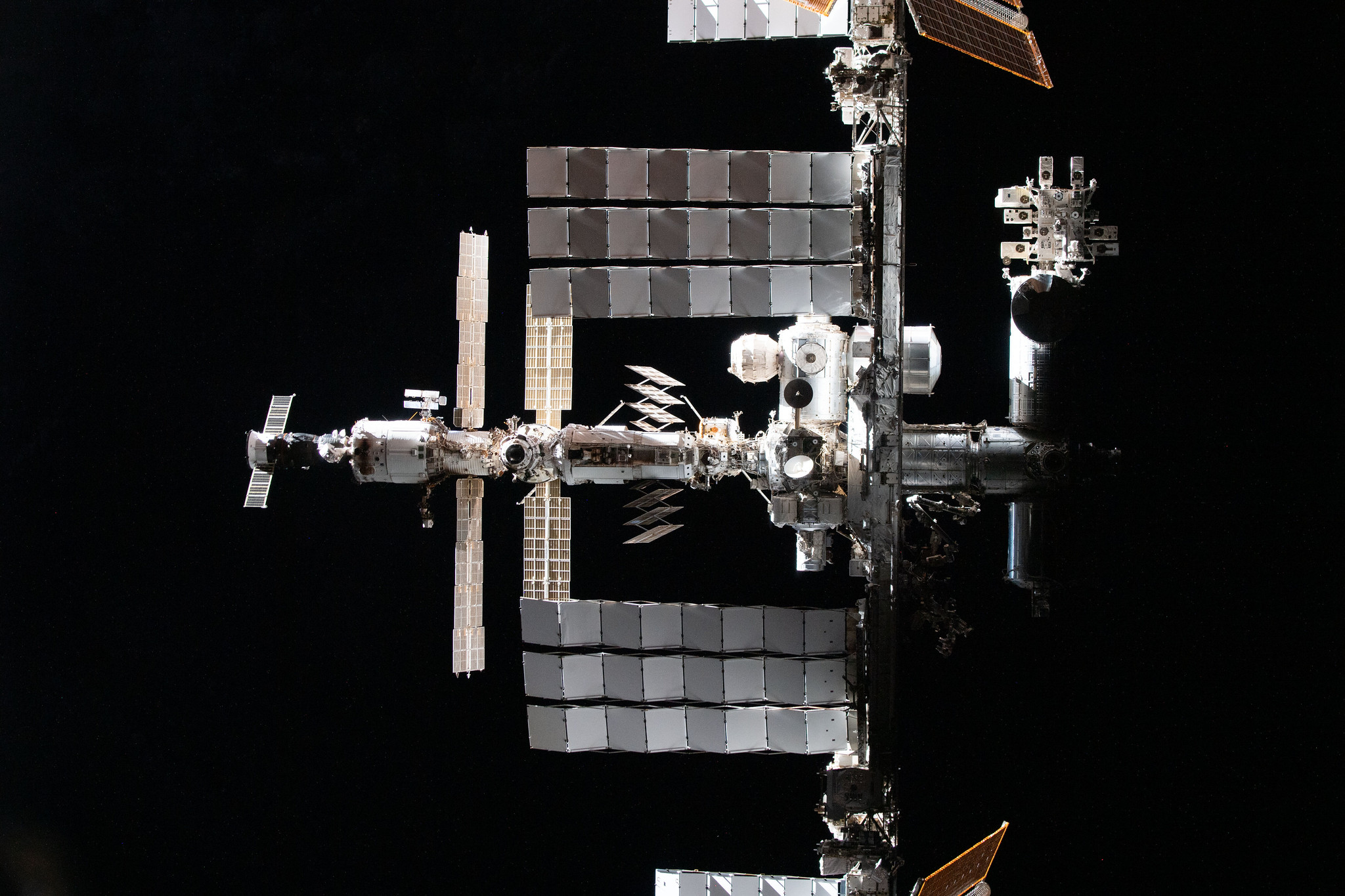The International Space Station (ISS), a collaborative project between NASA, Roscosmos, ESA, JAXA, and CSA among others, has been in operation since 1998. With its operational life coming to an end around 2030, plans for its deorbiting have begun. NASA and SpaceX have outlined their plan to bring down the ISS using a powerful Dragon spaceship.
According to reports, SpaceX will outfit an existing Cargo Dragon with a new high-powered trunk and supercharge it with 46 Draco engines, making it capable of pushing the ISS out of orbit. The upgraded Dragon spaceship will have four times the power and six times the propellant of a regular ship.
NASA had asked for proposals for a 'space tug' or 'U.S. deorbit vehicle (USDV)' concept in March and September 2023, with SpaceX winning the contract in July 2024.
The ISS, which weighs about 925,000 pounds, will be a challenging task for the Dragon spaceship. The most complex part of the mission will be the final burn that pushes the ISS on course toward its final descent. This burn must be powerful enough to fly the entire space station while resisting torques and forces caused by increasing atmospheric drag on the space station.
The ISS's final destination will be in a remote part of the ocean, such as the South Pacific, with NASA yet to choose a precise location. The football field-sized spacecraft is expected to come screaming down around 2031.
NASA and SpaceX have considered other options for deorbiting the ISS, including taking it apart and bringing everything home or handing the keys to someone else. However, these options were deemed less feasible due to the size of the space station.
The opportunity to help end this significant chapter in space exploration is an honor for SpaceX. The Dragon cargo ship became the first commercial vehicle to dock with the ISS in 2012, and it may be the last vehicle to ever dock with it.
NASA plans to continue using the ISS until 2030, when both agencies intend to go their separate ways and transition to new space stations. NASA hopes to be one of many customers on private space stations in the future.


